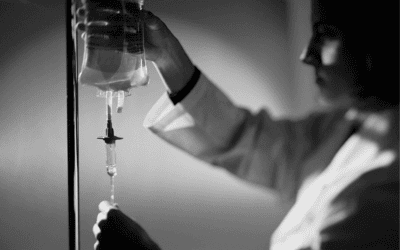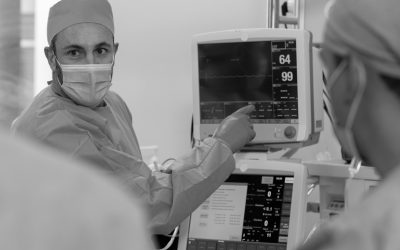By Prof. Ehrenfried SCHINDLER Haemodynamic monitoring is essential in paediatric peri-operative and critical care medicine, guiding adequate tissue perfusion and oxygen delivery in the most vulnerable patients. Although basic parameters in paediatric...
haemodynamic monitoring
Vasopressor use after non-cardiac surgery: an international observational study
Post-operative hypotension is a common and clinically significant challenge, often linked to poor outcomes such as organ dysfunction, prolonged recovery, and increased mortality. Vasopressors are routinely used to manage this condition. Until recently, their use in...
Simulation in Haemodynamic Monitoring and Management
Haemodynamic monitoring and management are fundamental components of perioperative care. Accurate measurement and interpretation of advanced haemodynamic variables can guide clinical decisions and therapeutic interventions, ultimately enhancing patient...
Sepsis Identification and Management for Healthcare Professionals
Early identification of sepsis is critical for patient survival, yet it remains a significant challenge[1]. Nurses play a vital role in this process by routinely monitoring patients for signs of sepsis. This article highlights key aspects of identification and...
Going Green in Perioperative Haemodynamic Monitoring: A Sustainable Shift in Clinical Practice
Healthcare faces mounting challenges from climate change and rising operational costs. A significant portion of its carbon footprint stems from plastic waste, and the energy demands of departments such as operating theatres and intensive care units. To mitigate this,...
Cardiac Cycle Efficiency: Beyond Measurement, Toward Clinical Interpretation
Advanced Haemodynamic monitoring, particularly the ability to track stroke volume (SV) and cardiac output (CO), has significantly contributed to the refinement of anaesthesiologists’ expertise in Haemodynamic management. Beyond serving as cardiac output monitors,...
Cardiac Output Monitoring in Paediatric Intensive Care: Supporting Informed Decisions
Sepsis remains a critical threat to children, with septic shock frequently requiring admission to Paediatric Intensive Care Units (PICUs).1 Early and appropriate fluid resuscitation is paramount for improving outcomes and reducing mortality in these vulnerable...
Perioperative haemodynamic management made easy, affordable, and green
Haemodynamic instability frequently manifests during the perioperative course of high-risk surgical patients. This instability arises primarily during surgery due to the influence of anaesthetic agents on vascular tone, compounded by surgical bleeding. Post-surgery,...
Subscribe to our newsletter
Keep up to date with all the latest from Campus Vygon UK, by subscribing to our quarterly e-newsletter.
For all the latest in clinical education and articles, infographics, resources, online learning and international webinars and events.









